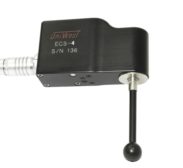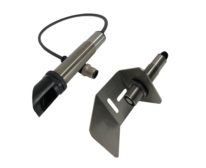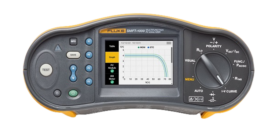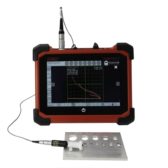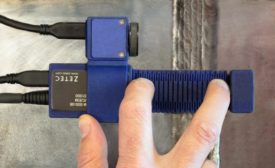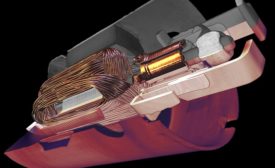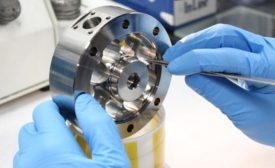Home » Keywords: » nondestructive testing
Items Tagged with 'nondestructive testing'
ARTICLES
NDT | Back 2 Basics
The Most Common Misunderstandings about Magnetic Particle Testing
When in doubt, always check with a certified Level III or contact your NDT product supplier.
June 9, 2021
Eddy Current
The Big Deal about ECA
With the latest instruments and probes, eddy current array strikes a balance in speed, POD, and cost effectiveness on big jobs.
April 8, 2021
NDT Terminology: Choosing Your Words Wisely
Help us clear up the confusion of NDT terminology.
March 3, 2021
Computed Tomography’s Role
Accelerating time to market and improving profitability
March 3, 2021
NDT
Selecting and Using a Force Measurement Device
Everything you need to know.
February 15, 2021
Get our new eMagazine delivered to your inbox every month.
Stay in the know with Quality’s comprehensive coverage of the manufacturing and metrology industries.
SIGN UP TODAY!Copyright ©2024. All Rights Reserved BNP Media.
Design, CMS, Hosting & Web Development :: ePublishing

